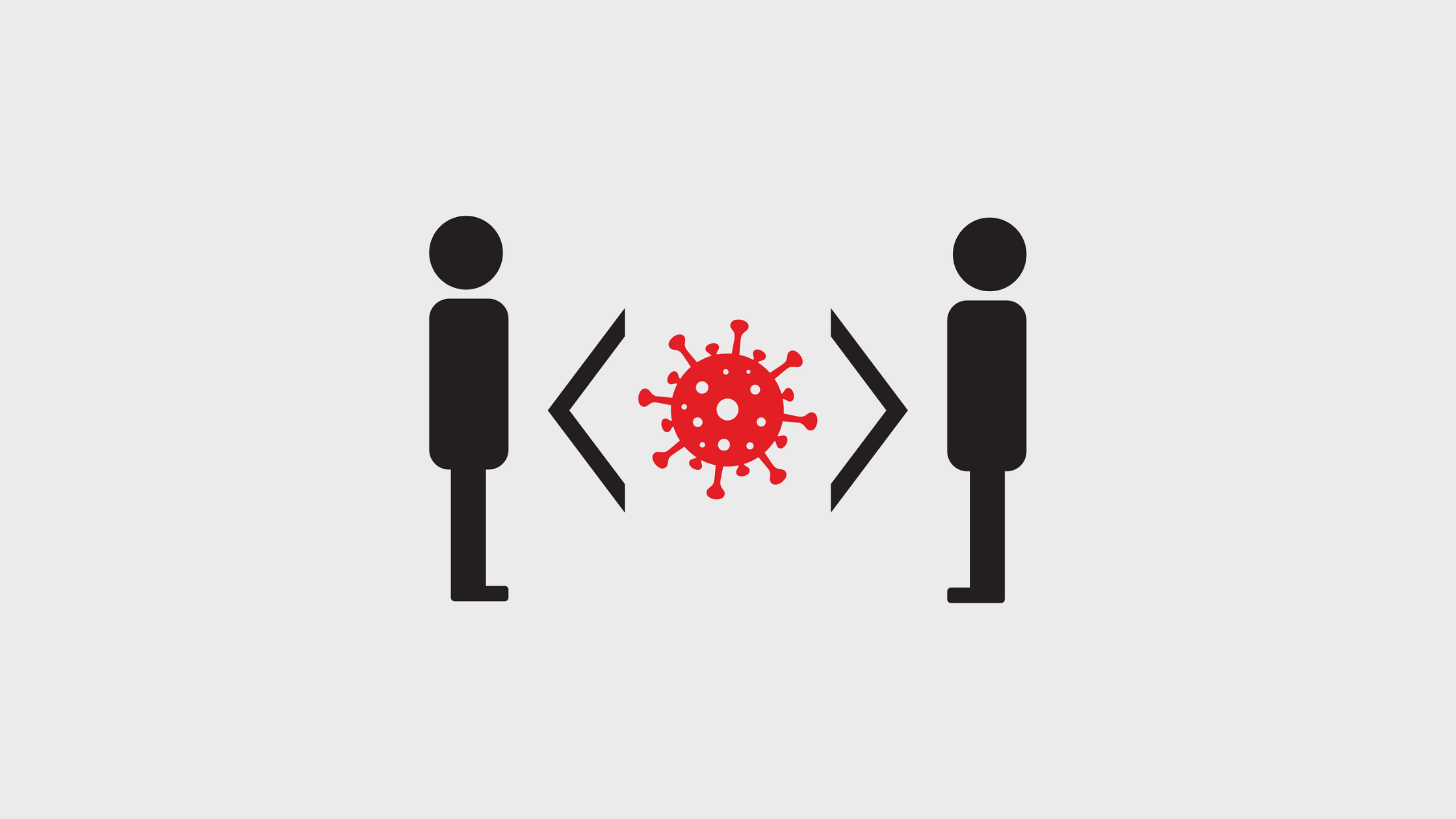The year 2020 has been a rollercoaster ride for the events industry. After months of widespread closures across the globe, several organisations switched to virtual formats, utilising adaptability as a superpower. As the landscape begins to shift again, event organisers are exploring a range of mitigation strategies to ensure the safety of attendees as part of their reopening plans.
Building on months of experience, it is now possible to pull off a safe and successful in-person event, but it requires a lot of planning, as well as active communication with attendees. A survey conducted by GES, an event planning and marketing company, revealed that 88% of event professionals are open to attending in-person events with all the necessary safety measures in place. From careful planning to finding and managing the physical space of the event venues, organisers now need to follow safety guidelines and regulations for providing not only a great but also a safe event experience.
Moving forward, event concept and safety will go hand in hand to make the attendees feel secure and at ease. Here are some tips for hosting safer in-person events in the covid-19 era and ensuring attendee safety as live events make a comeback.
- Right Venue Selection
Event venues will play a key role in the revival of the events sector. With the need to follow safety protocols and social distancing arrangements, venues are pulling out all the stops to put together comprehensive health and cleanliness programs to ensure the safety of the event attendees. Destination Concepts, a destination management company, hosted nearly 20 live events throughout the country last year and is planning more than 40 in-person in 2021.
The key to setting the venue layout is to allow enough space for attendees to get a great event experience while maintaining the necessary social distancing protocols. While searching for the perfect space to host an event, using open-air and outdoor venues is highly recommended during this time. For indoor events, venues can use new and advanced UV-C filtration systems, which can clean and scrub the air and provide better air circulation in venues. Event organisers can manage indoor and outdoor spaces responsibly through distanced seating, clearly signposted one-way systems, thermal cameras at entry points, a cap on gathering size and mandatory mask-wearing.
- Design Room Layouts that Embrace Social Distancing
Event organisers can use event diagramming tools to create layouts that comply with social distancing guidelines. Rather than building room layouts with traditional tightly packed rows, consider staggering the use of shared indoor spaces. Create multiple entries and exit points with seating arrangements that put more space between attendees. Use diagramming tools to map out hand sanitising stations, wall-mounted cleanliness stations and mask stations.
The Glyndebourne Opera, the UK's most popular opera, will be held in May with some notable changes to uphold social distancing and safety protocols. All the entrances will be staggered with the audience capacity capped at 600, half its usual capacity. With the right tools, venues can easily design and implement social distancing and safety guidelines to ensure the right attendee capacities for each space.
- Manage Room and Session Capacity
Limiting session attendance and creating a cap for the number of people allowed into each room is one of the primary methods to manage safe distancing for attendees to comply with guidelines. Set staggered times and strict session capacities to ensure that everyone has access to the same experts and information throughout the day at a reduced capacity.
Use overflow session areas for capacity sessions. Consider live-streaming your speakers so that attendees can watch the session from anywhere in the venue or create dedicated areas with limited seating where people can watch the live stream on a large screen together.
- Use Touchless Event Technologies
Contact between attendees and staff during check-in can be avoided by using contactless solutions, including ticketing, check-in, product and exhibitor interactions, all managed via QR codes. Organisers can check people in with one tap and print out a badge in seconds with the use of a QR code or digital wallet information received before the event. Attendees can print their badges and stop at a self-scan registration point at the event entry points.
Event organisers can install touchless thermal scanners for temperature readings, motion-activated hand sanitiser dispensers, and slots to hold boxes of gloves or masks at events. Also, proximity tools can be used for on-premises accessibility and maintaining key social distancing protocols.
As COVID-19 guidelines and regulations continue to change, it is important to stay well-informed. The best thing event organisers can do is embrace adaptability and rely on the latest event technologies to make events better and safer than ever. If we all work together, we can mitigate the risks and return to enjoying the real-life shared experiences and interactions that connect us with the world.


